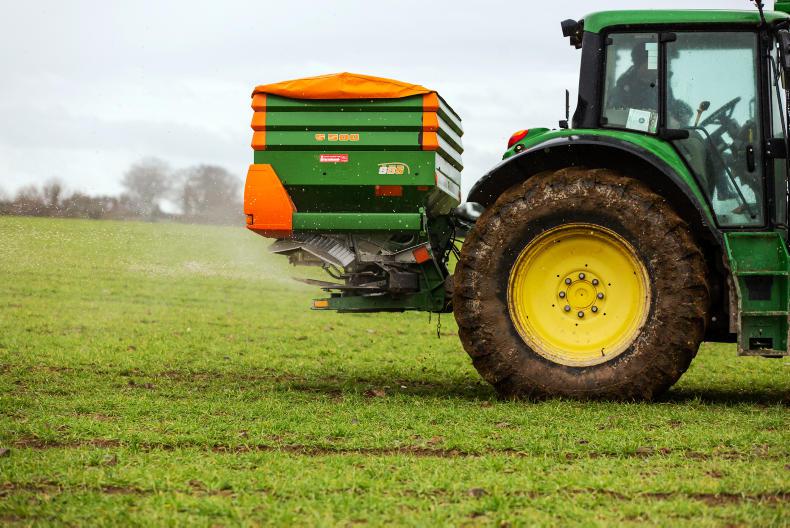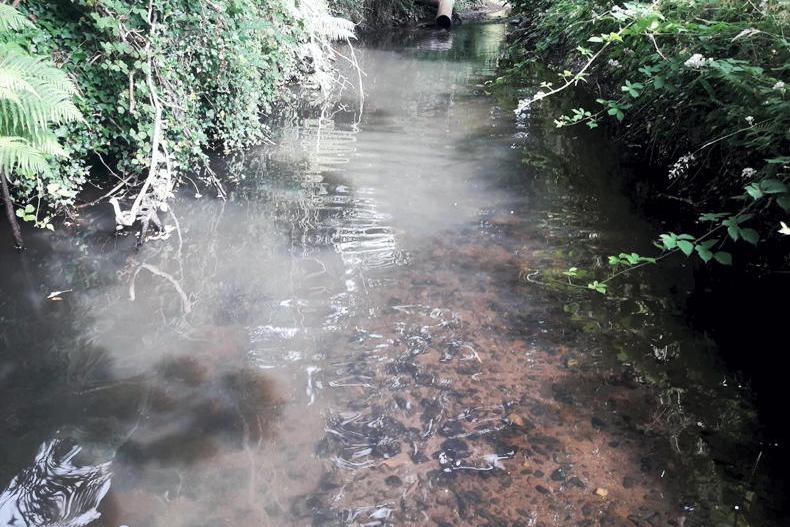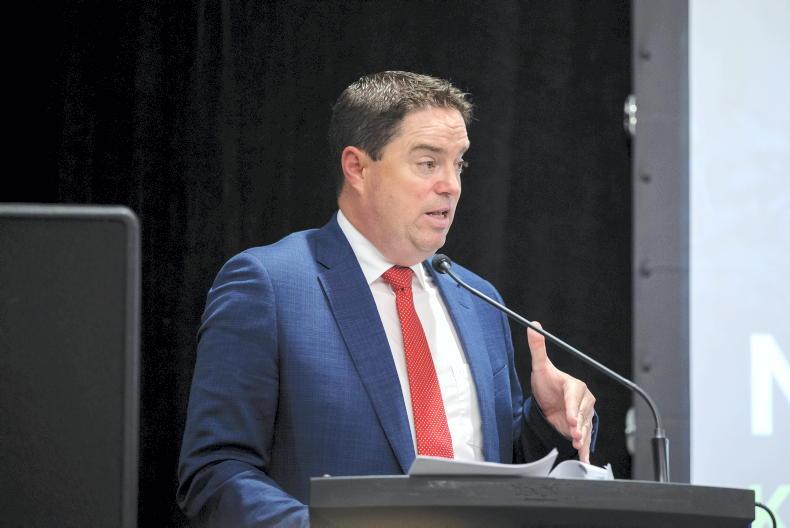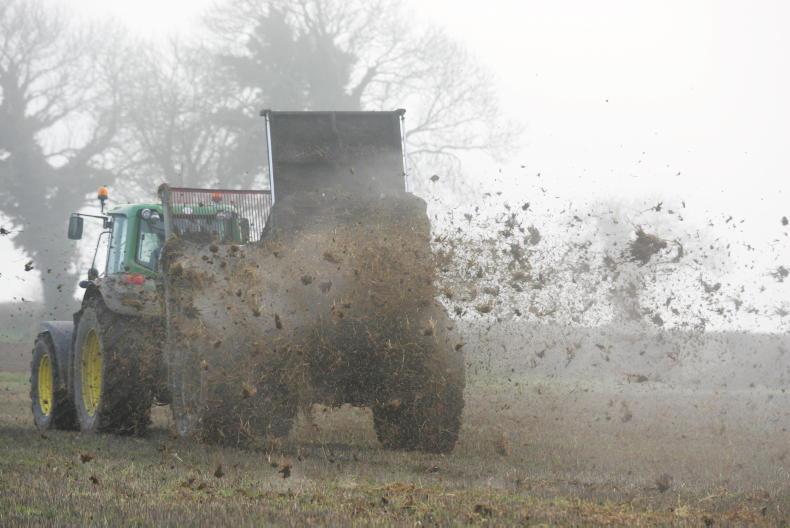New Zealand is fast developing a reputation as a global leader when it comes to solving problems. The country has garnered much positive publicity surrounding its handling of COVID-19. There are currently just two cases in New Zealand, and 25 people in total have died from the disease, 1.4% of Irelands’ death rate with a similar population size.
In farming, its response to an outbreak of Mycoplasma bovis has also been heralded as first-class. The deadly cattle disease, which at one stage threatened large sections of the South Island dairy herd, has been largely eradicated, with currently just three active cases. Like it or not, when Kiwi’s put their mind to something – whether in sport, farming or public health – they usually get the desired results.
This makes its approach to solving water quality more notable. The New Zealand approach to reducing the concentration of nitrates in water is very different to the Irish Government’s approach.
When animals consume protein, they use it for maintenance, growth and milk production
The key point of difference seems to be the source of nitrogen (N). The policy in Ireland is centred on the belief that cows produce N and that reducing cow numbers, or reducing the density of cows in an area (stocking rate), will reduce the concentration of nitrate in ground water, despite the fact that the gland in dairy cows where N is produced has never been discovered.
Of course, the reality is that cows don’t actually produce N – instead they recycle the N that they consume. N, which is a form of protein, is present in all feedstuffs. When animals consume protein, they use it for maintenance, growth and milk production. What is not used is passed through the body and deposited in the form of urine and faeces.
When a cow urinates in a field, these urine splashes are a huge source of N. The concentration of N in a urine splash is equivalent to applying a couple of hundred units/acre of CAN fertiliser. It’s highly concentrated and according to the Environmental Protection Agency (EPA), is one of the main sources of nitrate leaching.
In Ireland, nitrate levels in rivers and streams are highest in the southeast. This is adversely affecting water quality in rivers and estuaries and is one of the main causes of algal bloom, a symptom of nutrient-enriched waters.
The Irish response to tackle nitrate leaching is two-fold
This is also the part of the country with the most dairy cows, most people (untreated urban waste water/septic tanks) and most of the free-draining soils. Nitrate moves in water, so these areas are particularly vulnerable to nitrate leaching.
The Irish response to tackle nitrate leaching is two-fold. The Nitrates Directive puts a limit on animal numbers. New changes stipulates that farms cannot be stocked at more than 1.91 dairy cows/ha, or 2.8 cows/ha with a derogation.
Secondly, it prohibits the application of slurry and chemical fertilisers in late autumn and winter, when plant growth decreases and the risk of leaching increases. Additional measures have been introduced, but in the main, controlling stocking rate and limiting spreading times are the two main measures.
The EPA measures water quality in Ireland. While there are many contributors to declining water quality, such as urban wastewater, phosphorus run-off and sedimentation, nitrates are also a factor and the reality is that nitrate losses in the southeast catchment are increasing, not decreasing. Double digit improvements in water quality have been noted in areas targeted under the ASSAP, but nitrate losses to water in the southeast continue to increase annually.
Some Government ministers want the derogation scrapped
In response to declining water quality, further pressure is being applied to the Nitrates Directive. A review of the country’s Nitrates Action Plan is currently underway. Relatively small changes were made at the last review, but more are coming. Some Government ministers want the derogation scrapped. If the existing policy framework is anything to go by, further restrictions on stocking rate are likely over the coming years.
Contrast this to the New Zealand approach. While the environmental regulations in New Zealand have, up to now, been much more lax than in Ireland, the government there is using science to drive change.
The key difference is that, rather than looking at stocking rate, the authorities in New Zealand measure N losses at a farm level. This recognises the fact that every farm has a different risk of losing N. This is determined by soil type, rainfall levels, amount of fertiliser applied, grass grown, imported feed, cow numbers and milk sales.
The amount of N lost to the environment is the difference between the N inputs and the N outputs. N loss is calculated using the online computer model Overseer.
Almost all New Zealand dairy farmers use Overseer to manage their N use efficiency. The use of Overseer is mandatory for dairy farmers in many districts, with strictly enforced caps on maximum N loss rates. Additional caps on chemical nitrogen are due to come into force next July, capping nitrogen at 190kg/ha.
To use Overseer, the farmer inputs land blocks, soil type, housing facilities, fertiliser and feed used and animal numbers. Overseer will then calculate the nutrients used by the grass or other crops to grow, including those present in the soil and what is added by fertiliser or slurry.
The programme allows farmers to predict their N loss based on making changes to their farm system
It then models the flow of nutrients through each part of the farm system and comes up with a nutrient budget for each block. It does this for a variety of nutrients, such as N and phosphorus, but also for greenhouse gas emissions.
The programme allows farmers to predict their N loss based on making changes to their farm system. So, for example, if a farmer is thinking of increasing stocking rate and offsetting the higher feed demand by buying in extra feed or spreading more chemical fertiliser, the N loss before and after the proposed changes can be observed.
Effectively, the model rewards farmers for making positive changes. Neighbouring farmers could have the same N loss, but could be operating at entirely different stocking rates. The farmer that is good at managing fertiliser inputs, is growing a lot of grass and not using too much imported feed, can have a higher stocking rate, but with the same impact on nitrates as a lower-stocked farmer.
In many cases, a lower-stocked farmer can have a higher N loss than a higher-stocked farmer – it all depends on how the farmer is managing nutrients. It encourages appropriate stocking rates, not necessarily high stocking rates.
Contrast this with Ireland, where there is currently no reward for having low N loss.
Skilled farmers who can manage their inputs, have established clover and can manage grass to achieve high yields are not rewarded. The EPA measures N in water, but rather than measuring N use on farms, the Department of Agriculture counts cows instead.
To get a sense of how far ahead New Zealand is in managing nutrients, plantain was recently added as a crop option on Overseer. This is based on published research showing that where cows are grazing grass and plantain, N excretion will be lower.
Farmers in New Zealand that have incorporated plantain into their grazing paddocks will see a reduction in their N loss figure on Overseer
This is because plantain has been shown to reduce the nitrate concentration in urine. Farmers in New Zealand that have incorporated plantain into their grazing paddocks will see a reduction in their N loss figure on Overseer.
There was more negative publicity for dairy farming this week, as news articles once again blamed the sector for declining water quality in Ireland. The Irish system’s focus on stocking rate doesn’t serve farmers well, it doesn’t serve the environment well and it ignores the basic science about where N comes from.
It’s about time the policy regarding nutrient management on farms was changed. Technology has moved on since the Nitrates Directive was introduced 15 years ago.
That is not to say that New Zealand has got it all right, because it clearly hasn’t and the environmental issues there have been well documented on these pages.
However, Overseer enables farmers to monitor and control their own N loss rates along with greenhouse gas emissions. This incentivises change, is simple to understand, monitor and enforce, and nitrate levels in water are already decreasing in the dairy-intensive Canterbury region, whereas Ireland uses a blanket approach to nitrates.
Some farmers are manipulating the system to spread more nitrogen than they are officially permitted
There is currently no programme like this in Ireland. A whole industry has been built up around the nitrates derogation, employing Teagasc advisors and private consultants to draw up plans and Department of Agriculture officials to process plans and carry out inspections. Despite the fact a large part of the process is devoid of science.
Some farmers are manipulating the system to spread more nitrogen than they are officially permitted.
Enforcing the current rules around N use would hurt these farmers, but in reality, this practice is hurting everyone and the environment too. The system of managing N use needs an overhaul. The technology is available to accurately follow the science. It would be a good place to start.










SHARING OPTIONS